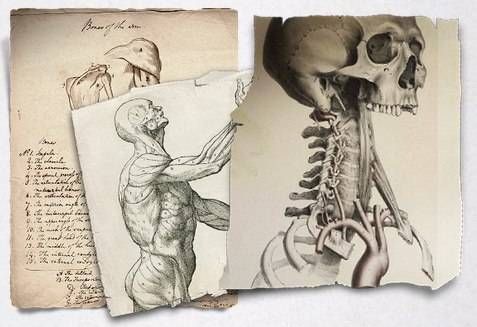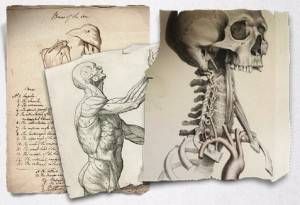
Frankenstein and Joyce Go Digital
The long, slow death of the printed book is a story that’s as well-trod as any other cliché about technology destroying everything we hold dear in our culture. Most of the arguments against going completely digital are based on personal sentimental feelings about the physicality of books themselves. I can’t help but think of some Druid priest weeping over stone runes, bemoaning the “weightless unreality” of parchment.
But I get it! I really do! Whether or not I’ll enjoy a book more printed on dead trees or my iPad isn’t decided by anything really other than whim. The decision to read a particular book in one medium over another, at this point, is based purely on price, availability, and convenience. But I’d feel weird about giving someone an ebook as a present. And, obviously, it’s hard to get sentimental about something on a screen (this too, I know, shall pass).
But no matter where you stand on the issue of print versus digital, you have to admit that they serve different purposes, and that success in one medium doesn’t translate to success in the other. It may be a while before your ebook version of Where The Wild Things Are is something you tear up about, but that doesn’t mean that you can’t appreciate the possibilities that the electronic storage of language has to offer.
One example of the digitizing process proffering something kind of awesome is how the Irish National Library has recently put the James Joyce manuscripts online. For years, Joyce’s grandson had kind of horded all the author’s works, rarely letting anyone access the store of manuscripts without paying a heavy fee. As soon as the works became part of the public domain earlier this year, they were very quietly and very unostentatiously made accessible online. And what a great thing it is. You can access his notes and letters for free! The internet says “you’re welcome,” students.
Another example of how to take digitized text to the next level is the new version of Frankenstein that was recently released by Inkle Studios and Profile Books. Without changing the plot or adding some kind of silly and pointless illustrations to the text, they give us instead supplemental material such as anatomical diagrams and notes that, while not being necessary to enjoy the story, do add the kind of background information that might be enjoyable for to the readers who are into that kind of thing.
I guess it’s something that you could do in print, but not without it quickly becoming costly. So yay for digital.
What we come to expect as consumers of the written word will depend in some part on the creativity of our demands. The risks and perils of a quickly changing medium are scary, but they’re also a chance to contribute to the change that’s occurring anyway. It’s a chance to financially reward the stuff that interests us and to help push things in a direction that we find interesting. Let’s not blow it.












